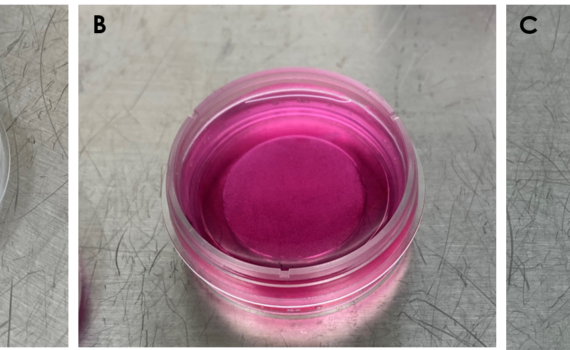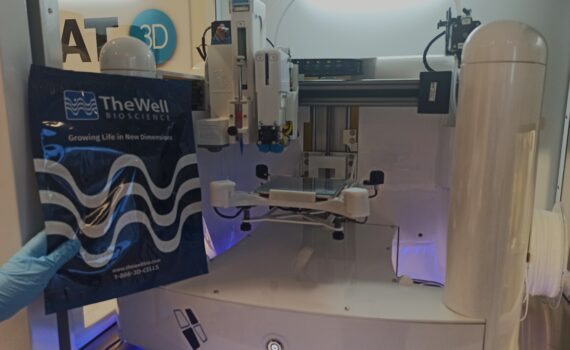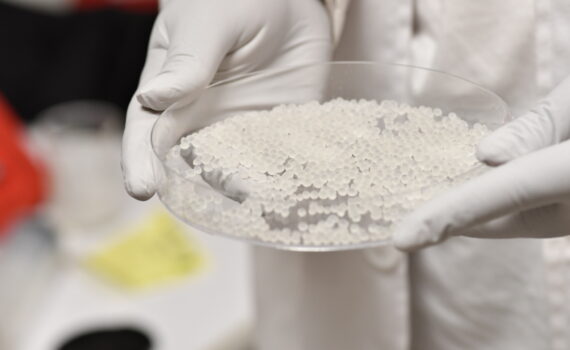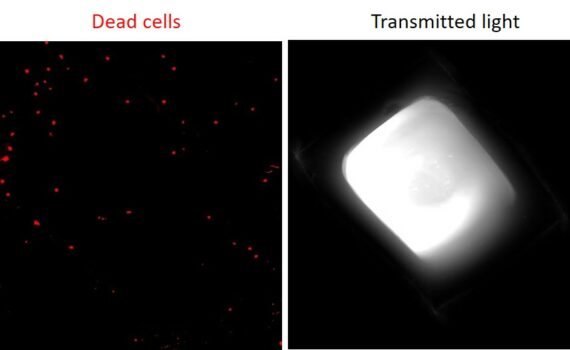00 Introduction Collagen type I is the most common fibrillary collagen found in skin, bone, tendons and other connective tissues, accounting for around 90% of the body’s total collagen. Collagen type I-based hydrogels are ideal for 3D printing and bioprinting applications due to their excellent biocompatibility, biodegradability and controllable printability. […]
3D PRINTING
+10 INTRODUCTION Synthetic hydrogels are chemically defined animal component and pathogen-free hydrogels with tailored biological, mechanical and rheological properties for 3D bioprinting. Their synthetic origin avoid batch to batch variations, giving users the confidence to achieve reliable and consistent results with potential for clinical translation. Amongst the different options in […]
00 Introduction FlexdymTM is a block co-polymer belonging to the styrene-ethylene-butylene-styrene (SEBS) family of thermoplastic elastomers which is specifically tailored for the fabrication of microfluidic devices and flexible scaffolds for biomedical applications. The elastomeric nature enables its deformation even at high tensile strengths without fracture, making this material a suitable […]
+10 Introduction Thermoplastic polyurethanes (TPU) are a category of materials broadly used for biomedical purposes thanks to their biocompatibility, elasticity and strength. Among the different manufacturing techniques, 3D printing technology has attracted significant attention for the production personalized TPU-based medical devices over the last decade. The preference of this technique […]




